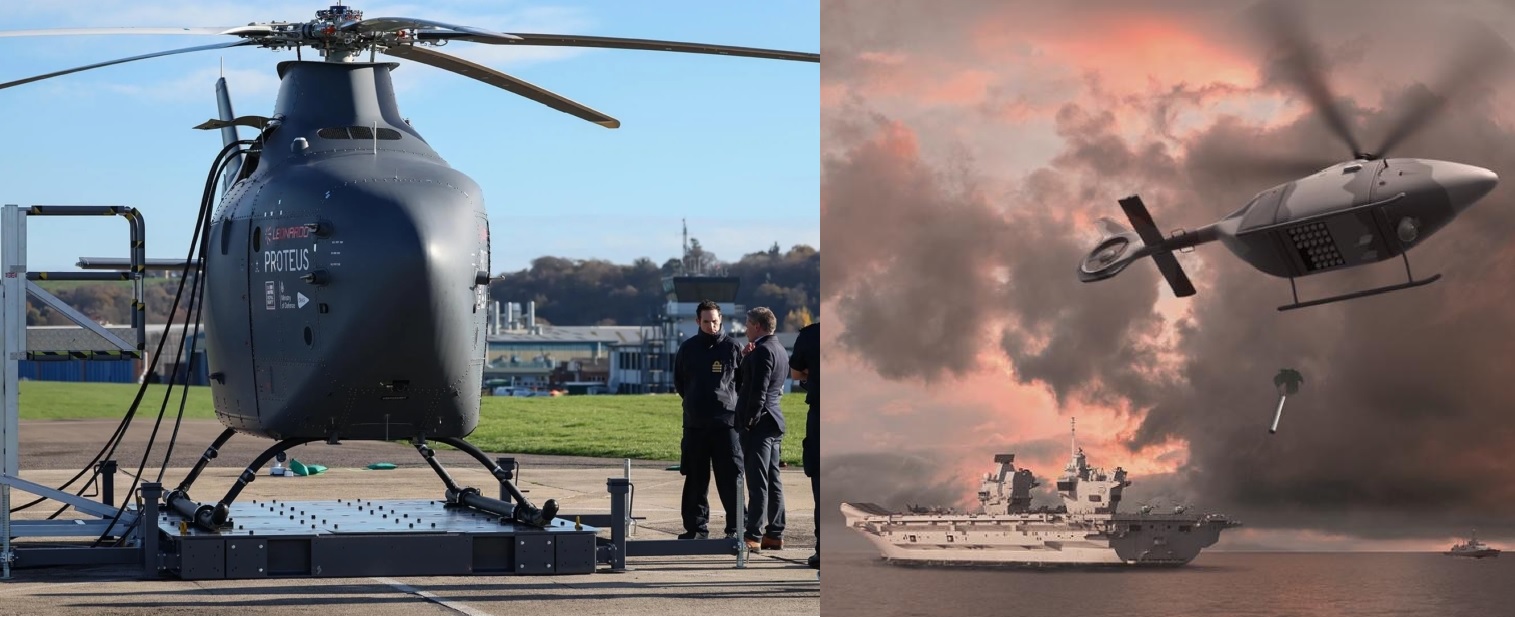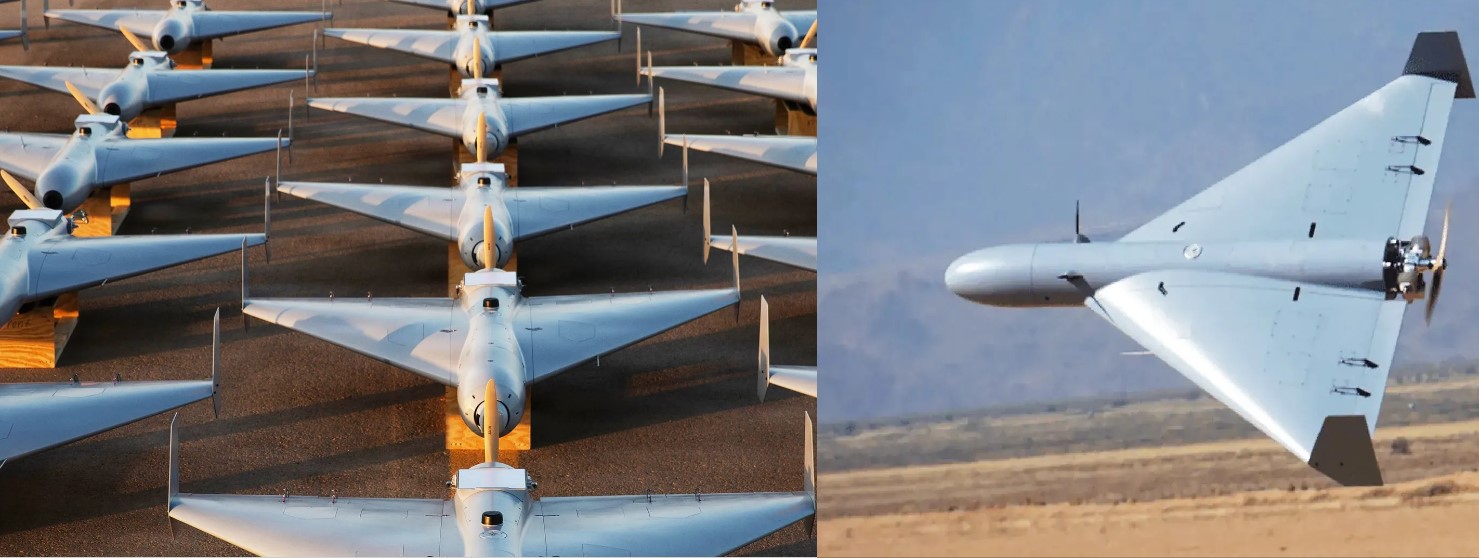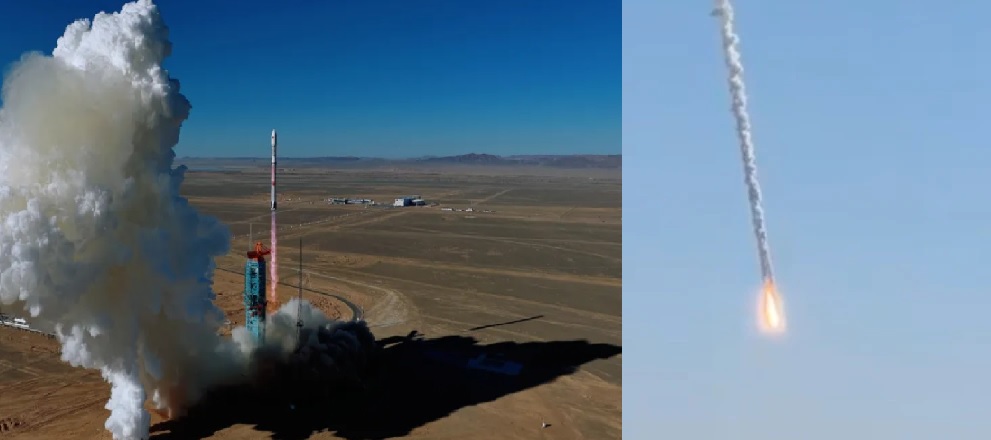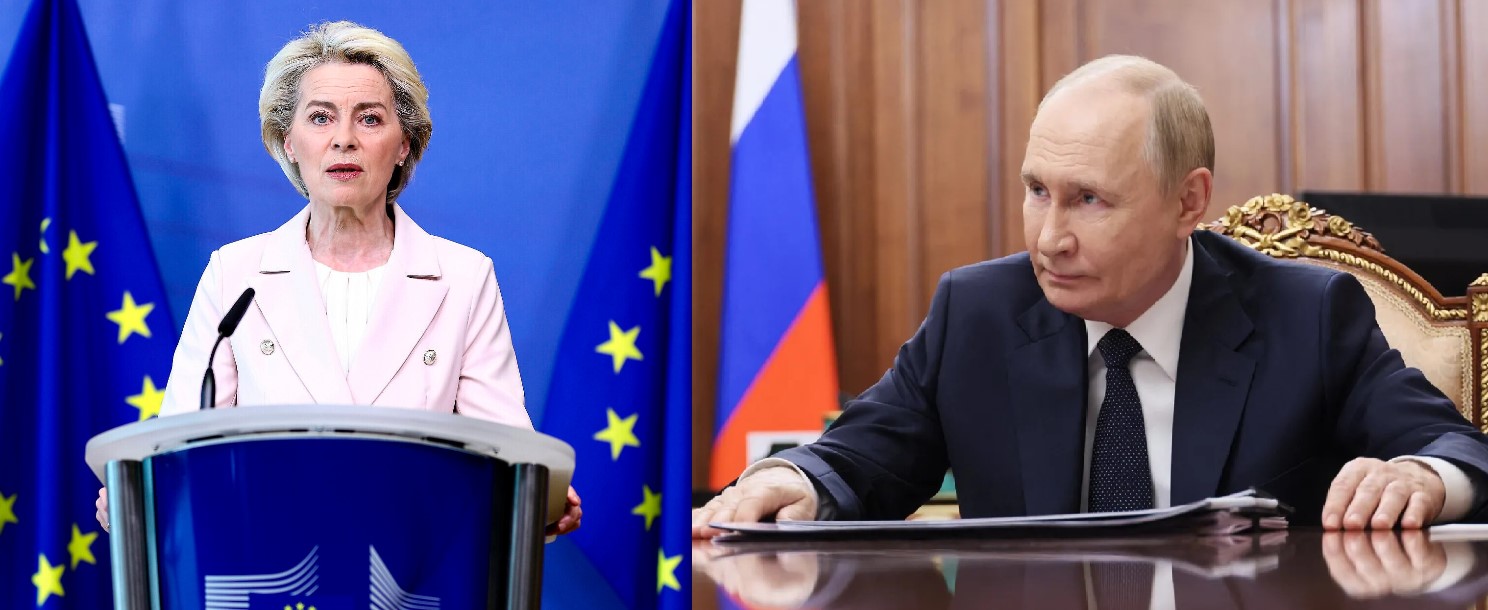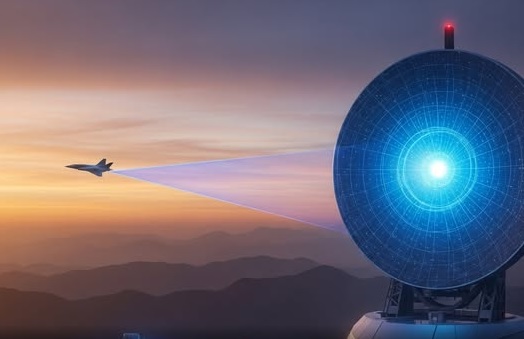HAL to Equip Tejas Mk1 IOC and FOC aircraft Fleet with Software-Defined Radio from 2026
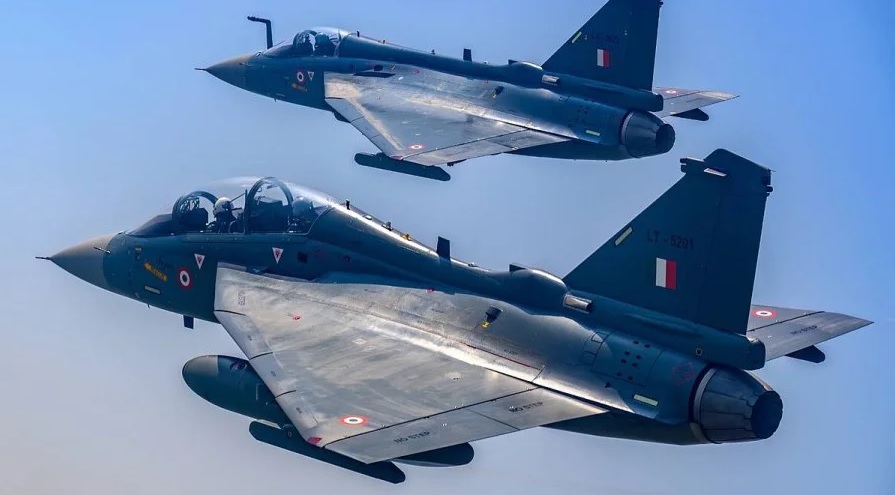
In a major step toward modernizing India’s indigenous fighter fleet, Hindustan Aeronautics Limited (HAL) will begin upgrading the Tejas Mk 1 IOC and FOC aircraft with Software-Defined Radio (SDR) starting in 2026. The upgrade will align the early-batch Tejas jets with the Mk 1A’s advanced communication capabilities, boosting their effectiveness in network-centric warfare.
According to sources, the upgrade will require structural modifications, including new antenna placements and wiring changes, similar to those implemented on the Mk 1A. HAL is also expected to integrate enhanced avionics, AESA radar systems, and electronic warfare (EW) suites as part of the broader modernization package.
SDR technology replaces conventional fixed-function radios with software-driven, multi-band, multi-waveform systems, allowing pilots to switch frequencies and waveforms on the fly. This enables secure, jam-resistant communications and ensures interoperability with other air and ground platforms. The system also supports future upgrades via software, making the aircraft future-proof for evolving communication standards.
While the initial installations will use SDR units already proven on the Mk 1A—reportedly similar to Israel’s B-NET system—HAL is concurrently advancing an indigenous SDR-1 project. Designed to operate across V/UHF and L-bands, SDR-1 supports frequency-hopping waveforms, D-TDMA networking, and interfaces like MIL-STD-1553B and Ethernet. HAL aims to deploy SDR-1 in later Tejas variants, including the Mk II, to strengthen India’s defense self-reliance under Atmanirbhar Bharat.
The move will significantly improve the IAF’s data-sharing capabilities, enabling faster decision-making and better situational awareness in joint operations. Secure datalinks will allow Tejas pilots to coordinate seamlessly with other fighter jets, AEW&C aircraft, and ground control units.
With these upgrades, the Tejas Mk 1 fleet will see a substantial jump in combat potential without undergoing a complete redesign. Experts believe this phased modernization is a cost-effective way to enhance combat readiness while keeping older airframes relevant for the next decade.
✍️ This article is written by the team of The Defense News.
